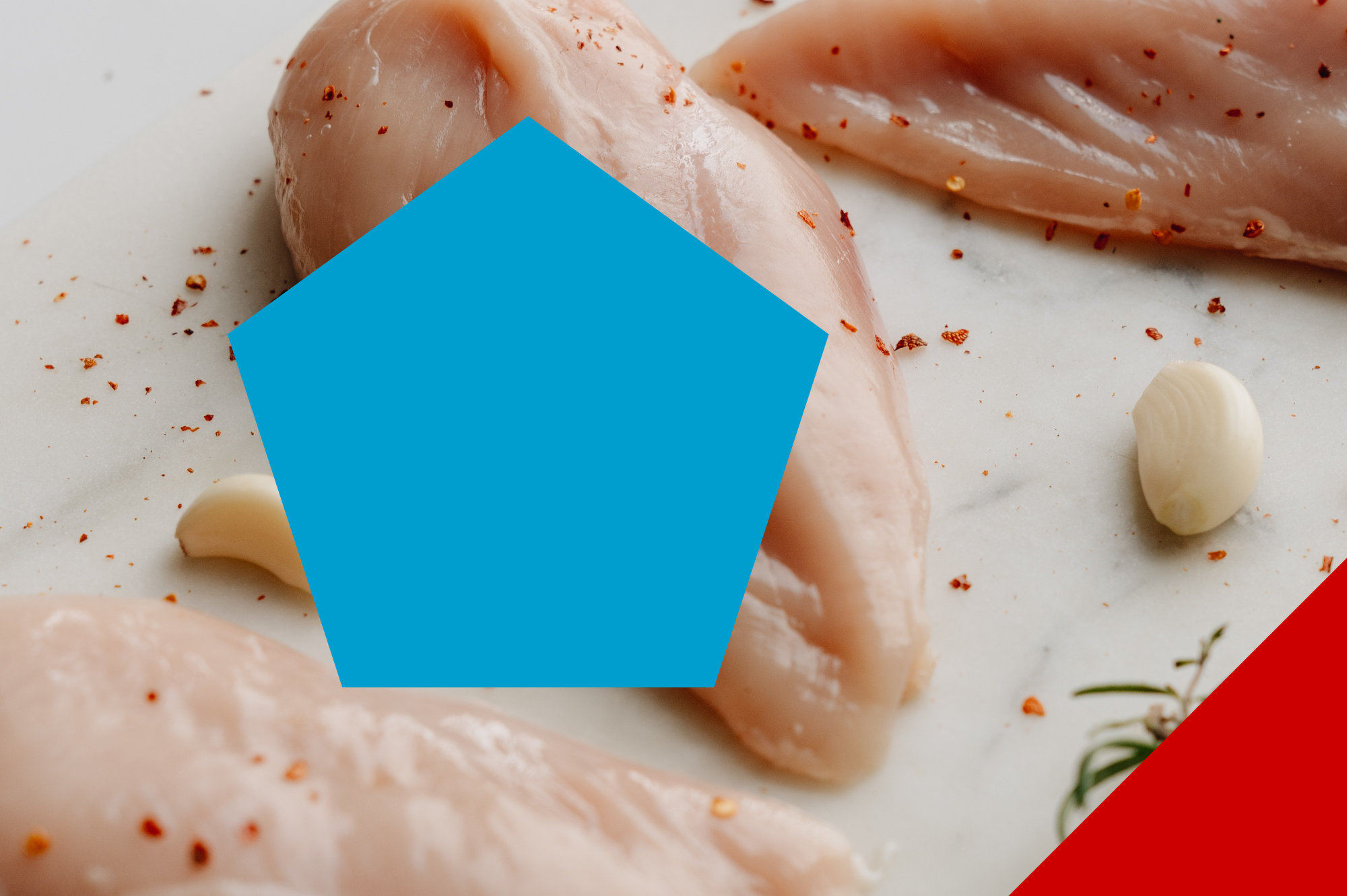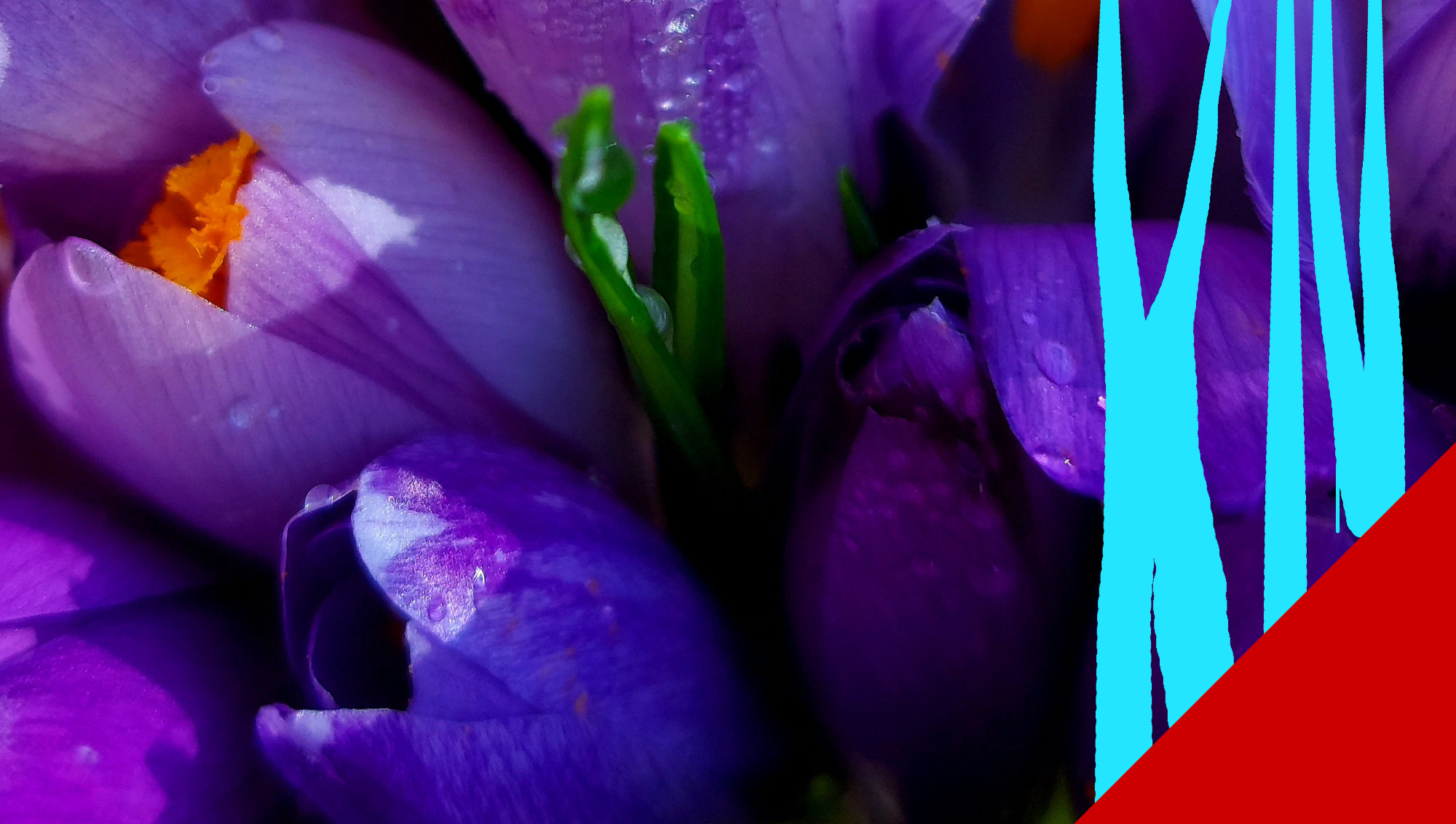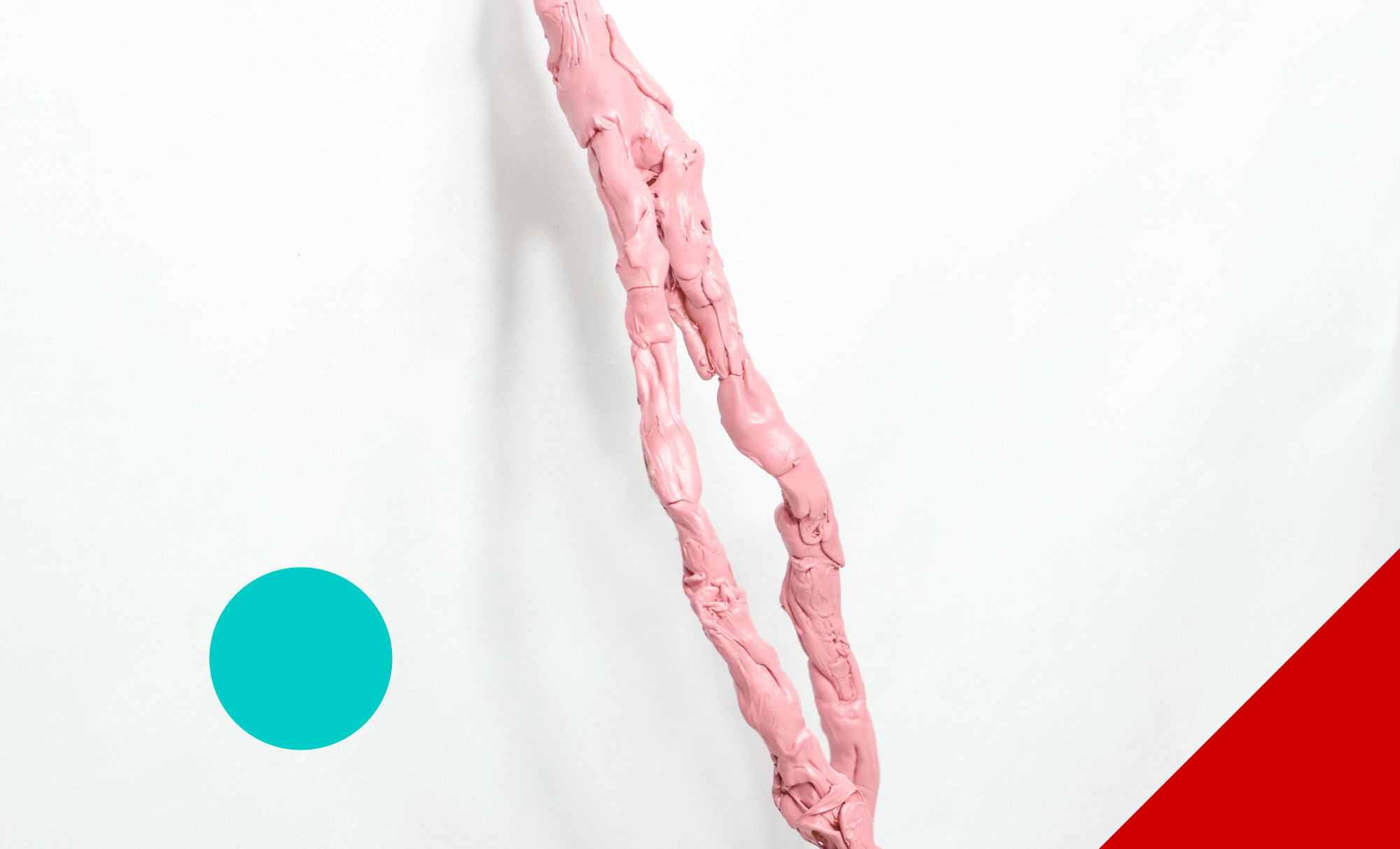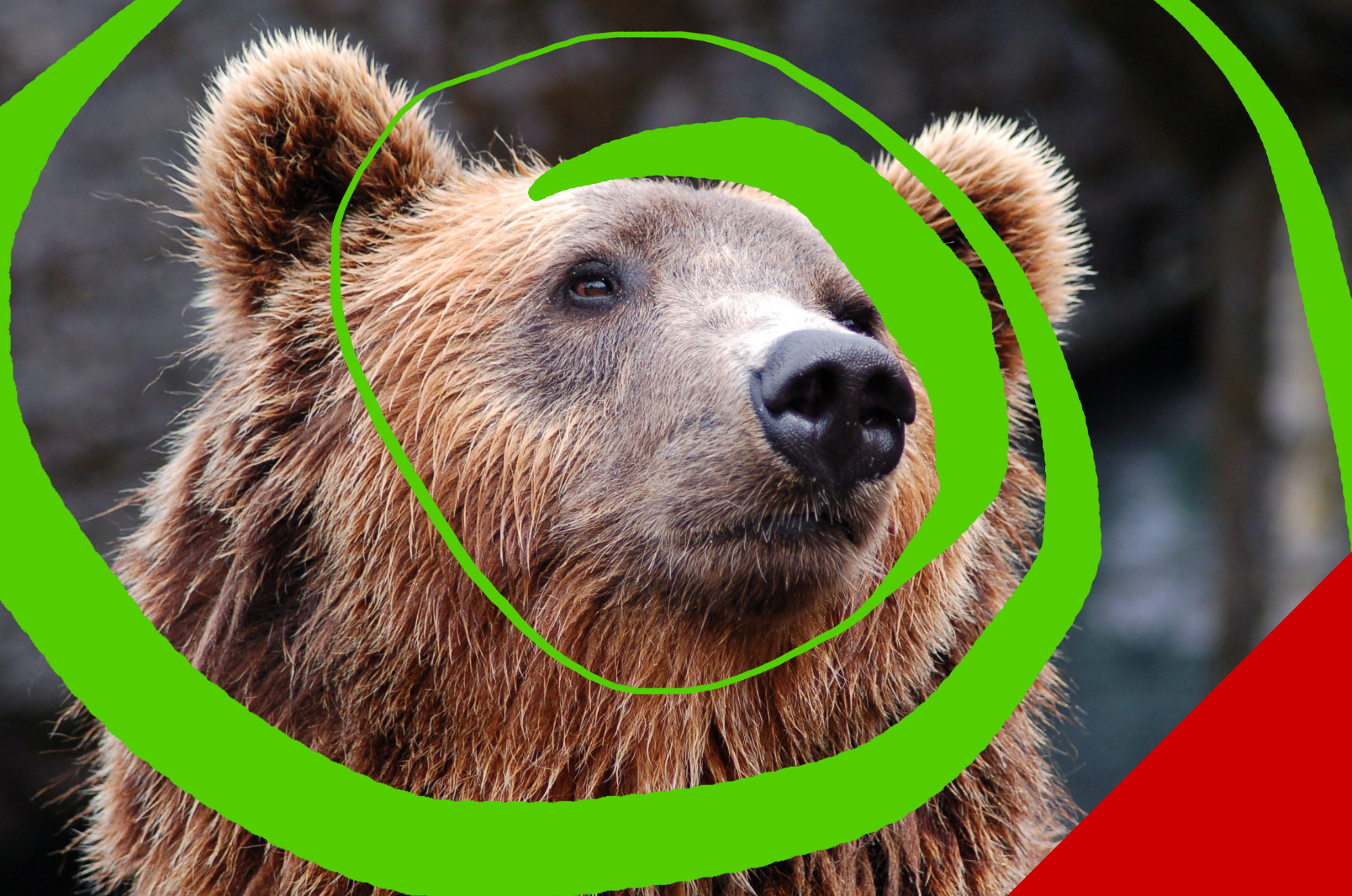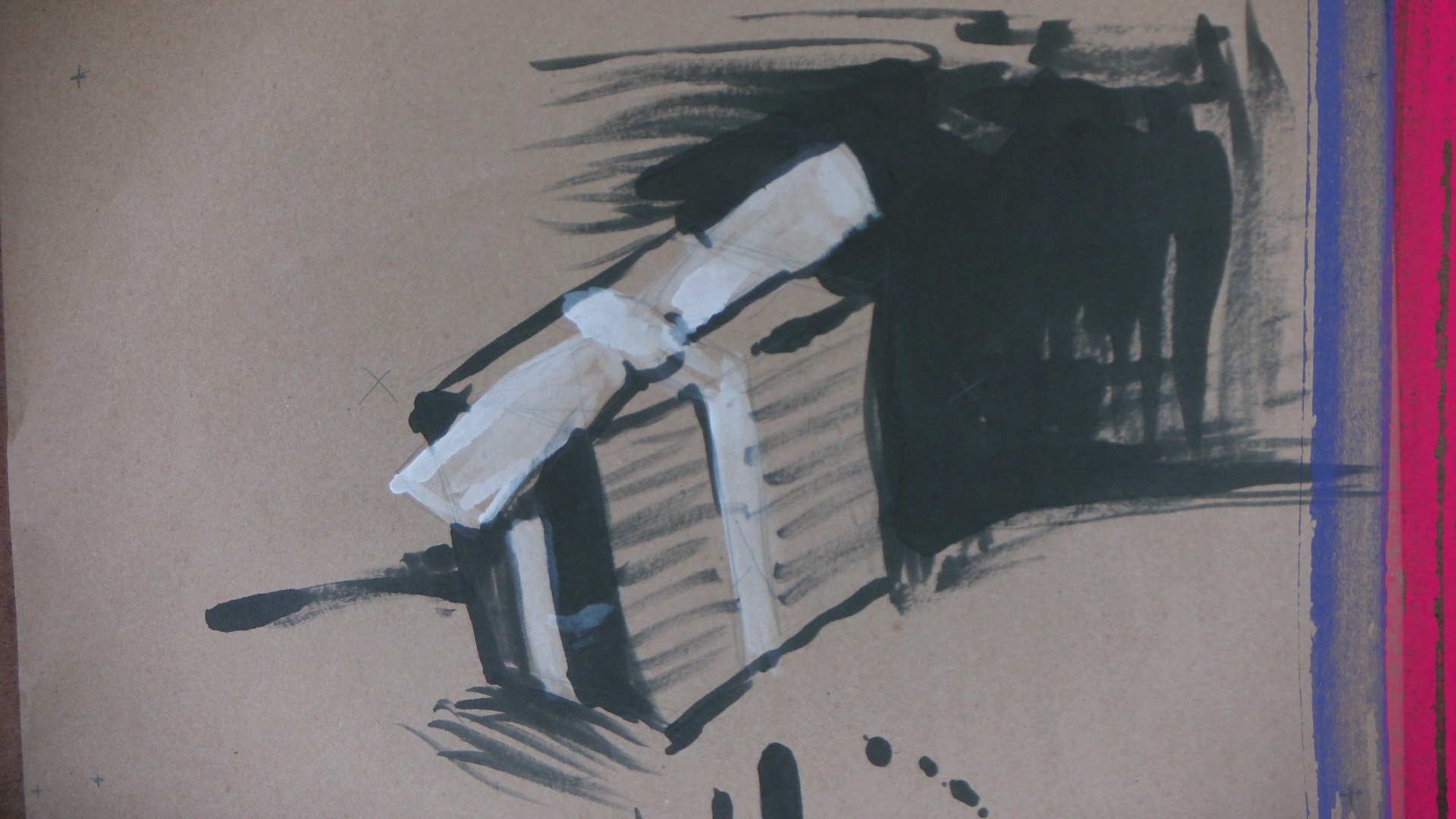
When I was talking to a mentor, I was asking him for help with business building. I was telling him my background, where I’m hoping to go, what is fulfilling to me about the work and he interrupted and said, “Your goal with your business is to make more money than you spend.” I thought at first that he wasn’t listening. I thought I had a lot more to tell him before he could give me advice. Then, I paused and said “Thank you.” He was extremely helpful. He cut through the crap to the point. My story was interesting and wonderful, but not when it got in the way of my current challenge.
I believe that every creator has a generous mission. I want them to achieve that mission. As we’re working toward the things we want, we all have piles of mental junk that slow us down, hold us up, or divert us from our intention.
I encourage people to learn about the common cognitive biases so they can see them when they pop up. To me, the trick isn’t to avoid them completely (that’s impossible) and not to always catch them (that’s impossible, too), but to be aware of what they are and give them reverence. We can accept that we’re susceptible and they may be affecting us at crucial moments.
Another thing in the mental junk pile is our own personal cop-outs. To us, it might feel like an interesting personal story “I grew up speaking three languages, so I never got that good at French.” or whatever. We can listen to ourselves talk, or read our diaries. We can find the stories or phrases we use to hold ourselves back.
We don’t have cop-outs because we’re lazy or jerks. We have cop-outs to protect us. They have defended us from heartbreak, failure, and maybe death in the past. Our cop-outs are powerful and benevolent.
We can memorize them. Know their names. Know what they look like. Understand what different forms they can take. Then we can recognize them when they appear unnecessarily. They will appear when we don’t need protection, but we just need to make progress. Often we can find ourselves saying “Why is this difficult?” Instead of “What’s the next step from here?”
